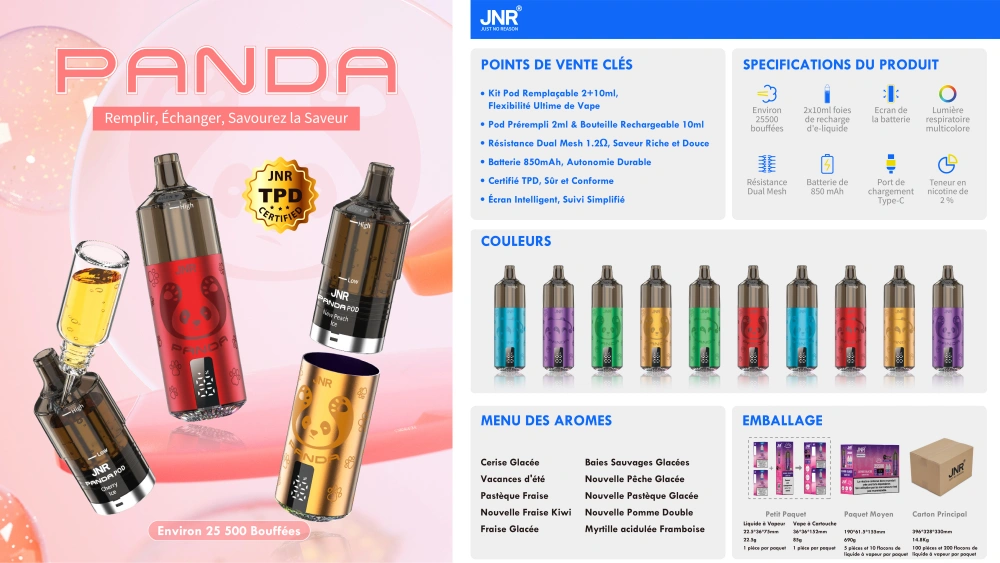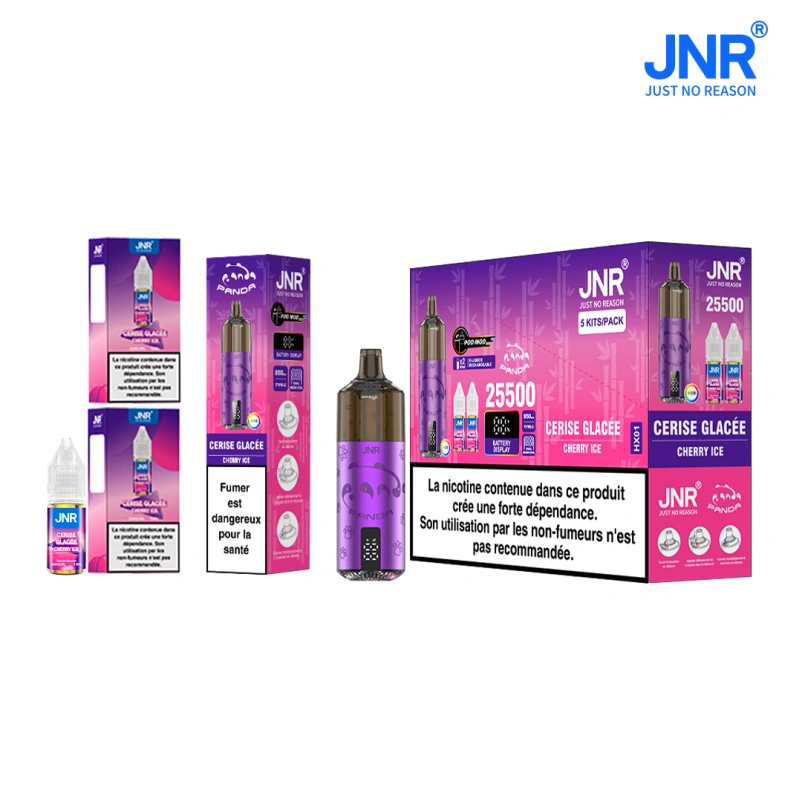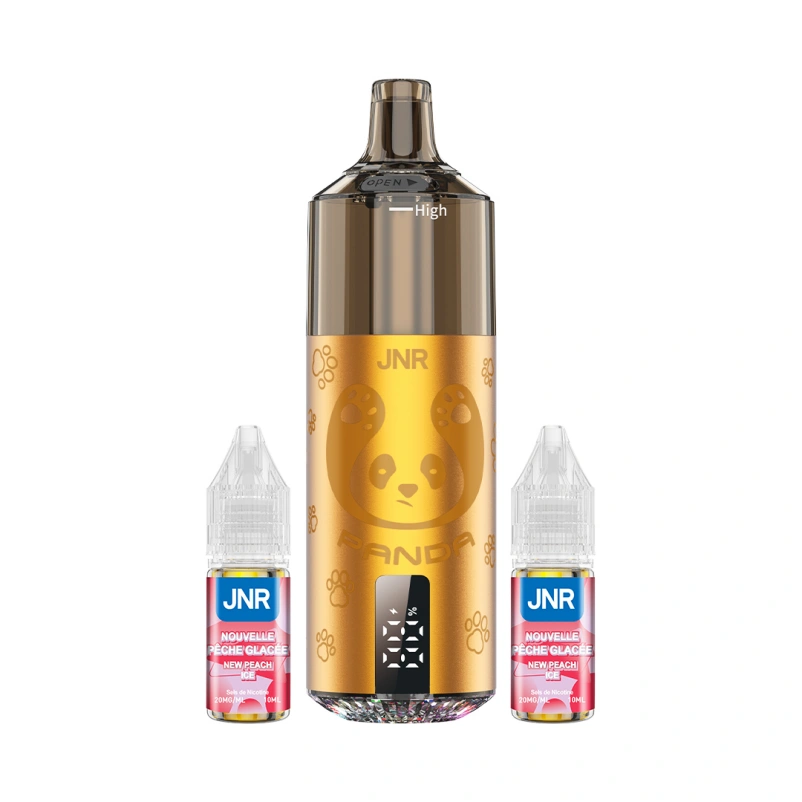Investiční vyhlídky v odvětví e-cigaret

Electronic Cigarette Industry Investment Outlook: Navigating Growth, Regulation, and Innovation
The electronic cigarette sector has emerged as a high-stakes arena for investors, balancing rapid market expansion with evolving regulatory frameworks and shifting consumer preferences. As traditional tobacco companies diversify into reduced-risk products and startups pioneer new technologies, the industry presents both opportunities and challenges. Below are key factors shaping investment decisions, from regional market dynamics to long-term sustainability trends.
Global Market Expansion and Regional Disparities
Investor interest in electronic cigarettes is fueled by their growing adoption as alternatives to combustible tobacco, particularly in markets with high smoking rates. Regions like North America and Europe dominate in terms of revenue, driven by early regulatory clarity and consumer awareness campaigns. For instance, the U.S. market has seen steady growth despite FDA crackdowns on flavored products, with adult smokers transitioning to approved devices. Meanwhile, Europe’s stringent TPD regulations have created a standardized environment, encouraging investment in compliant manufacturing and distribution networks.
Emerging markets in Asia-Pacific and Latin America offer untapped potential but come with heightened risks. Countries like Japan and South Korea have embraced heated tobacco products, while Southeast Asian nations grapple with inconsistent policies. Investors must assess factors such as local smoking prevalence, tax structures, and public health initiatives. For example, a nation launching a national quit-smoking program could either boost demand for vaping as a cessation tool or trigger stricter advertising bans.
Urbanization and digital penetration also influence regional opportunities. Cities with high disposable incomes and e-commerce adoption, such as Dubai or São Paulo, are prime targets for direct-to-consumer sales models. Conversely, rural areas may require partnerships with traditional retailers to overcome distribution hurdles. Understanding these nuances helps investors allocate resources to markets with the highest risk-adjusted returns.
Regulatory Uncertainty and Compliance Costs
Regulation remains the most significant variable affecting investment returns, with policies varying wildly across jurisdictions. In the U.S., the FDA’s PMTA process has forced many small players out of the market, consolidating dominance among companies with the resources to navigate lengthy approvals. This regulatory barrier to entry protects established firms but raises compliance costs, which investors must factor into financial models.
International harmonization efforts, such as the WHO’s Framework Convention on Tobacco Control (FCTC), add another layer of complexity. Countries aligning with FCTC guidelines may impose plain packaging, flavor bans, or tax hikes, squeezing profit margins. Conversely, regions adopting harm reduction frameworks, like the UK’s endorsement of vaping as a smoking cessation aid, create favorable environments for investment. Staying abreast of policy shifts—such as a sudden ban on online sales in a key market—is critical for mitigating downside risks.
Legal challenges also shape the landscape. Class-action lawsuits alleging health risks or misleading marketing can tarnish brand reputation and divert funds from R&D to legal defense. Investors should evaluate a company’s track record in resolving disputes and its proactive measures, such as transparent ingredient labeling or youth prevention programs, to reduce litigation exposure.
Technological Innovation and Product Differentiation
Investment flows heavily toward firms driving technological advancements, as product innovation is a key differentiator in a crowded market. Battery efficiency, for example, is a focal point, with companies developing longer-lasting devices to appeal to heavy users. Startups exploring solid-state batteries or wireless charging could disrupt the status quo, attracting venture capital for scalable solutions.
Safety enhancements are equally prioritized, particularly after high-profile incidents involving device malfunctions. Investors favor manufacturers investing in quality control systems, such as AI-powered inspection tools or blockchain-based supply chain tracking, to ensure component reliability. A company that reduces e-liquid leakage rates or prevents overheating through smart sensors gains a competitive edge, justifying premium pricing.
Sustainability is another emerging theme, with eco-conscious consumers driving demand for recyclable pods and biodegradable packaging. Firms adopting circular economy principles, such as take-back programs for used devices, align with global ESG (Environmental, Social, Governance) investing trends. This shift not only opens access to institutional capital but also enhances brand loyalty among environmentally aware demographics.
Consumer Behavior Shifts and Market Segmentation
Understanding evolving consumer preferences is vital for targeting high-growth segments. While younger adults initially drove vaping’s popularity, older smokers now represent a significant portion of users seeking cessation tools. Investors should assess companies catering to this demographic with medical-grade devices or partnerships with healthcare providers. For example, a firm offering FDA-approved nicotine replacement therapies integrated into vaping hardware could tap into prescription-based revenue streams.
Flavor innovation remains contentious but critical for retention. Despite regulatory bans on certain flavors in some regions, manufacturers continue experimenting with natural extracts or tobacco-free nicotine salts to maintain appeal. Investors must weigh the commercial potential of new flavors against the risk of regulatory backlash, such as fines for non-compliance with flavor restrictions.
The rise of disposable vapes, particularly in price-sensitive markets, has created a sub-sector with rapid turnover but lower margins. Companies balancing disposable and reusable product lines demonstrate adaptability, appealing to both casual users and enthusiasts. Investors should evaluate a firm’s ability to pivot between formats without cannibalizing sales, such as offering refillable pods for eco-conscious customers alongside disposables for convenience seekers.
Závěr
The electronic cigarette industry’s investment landscape is shaped by a delicate interplay of growth potential, regulatory headwinds, and technological disruption. While established markets offer stability, emerging regions provide exponential returns for those willing to navigate uncertainty. Success hinges on identifying companies that combine compliance agility with innovation, ensuring resilience in an era of heightened scrutiny. As the sector matures, investors who prioritize sustainability, consumer-centric design, and data-driven decision-making will be best positioned to capitalize on long-term trends.









